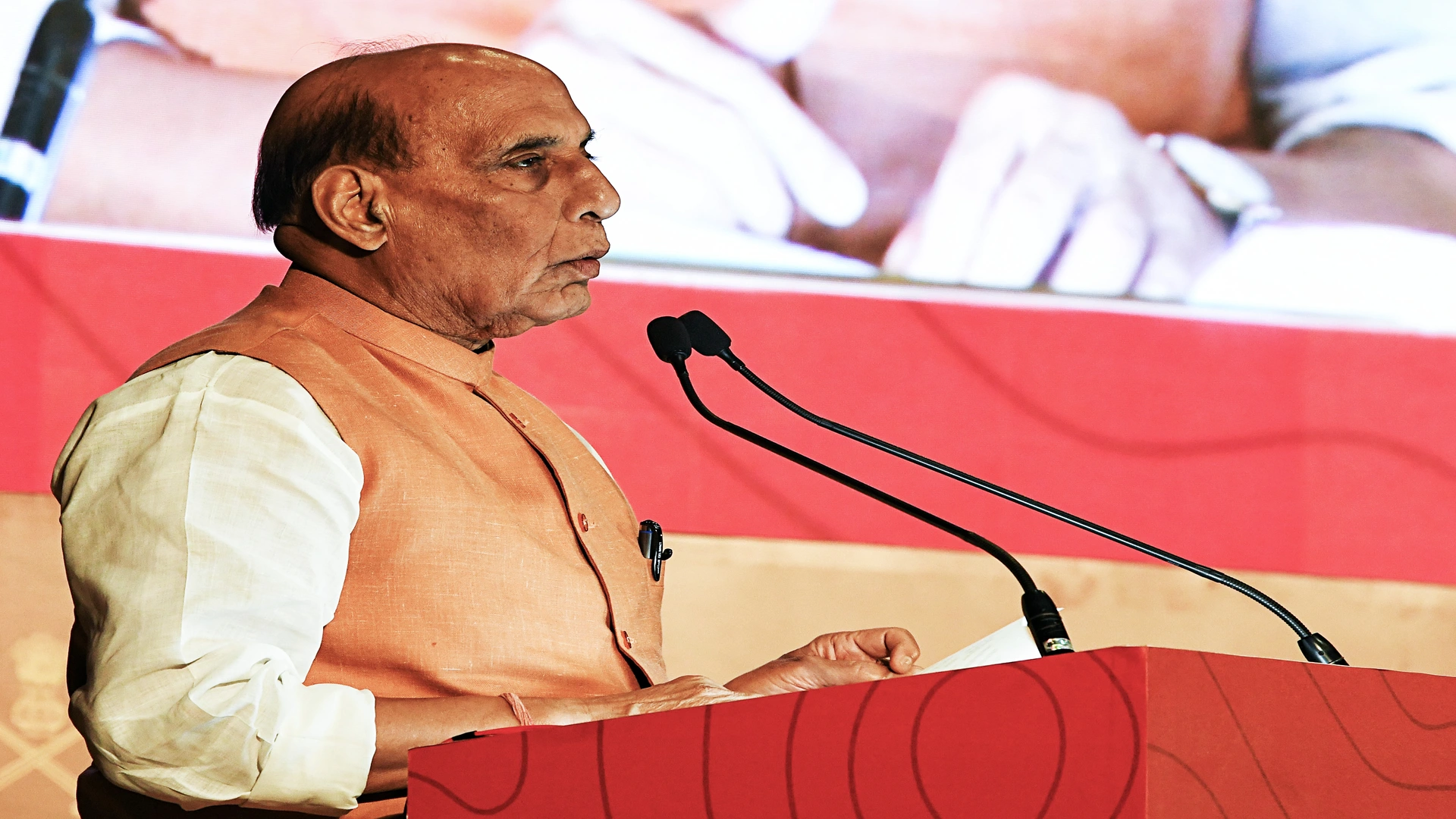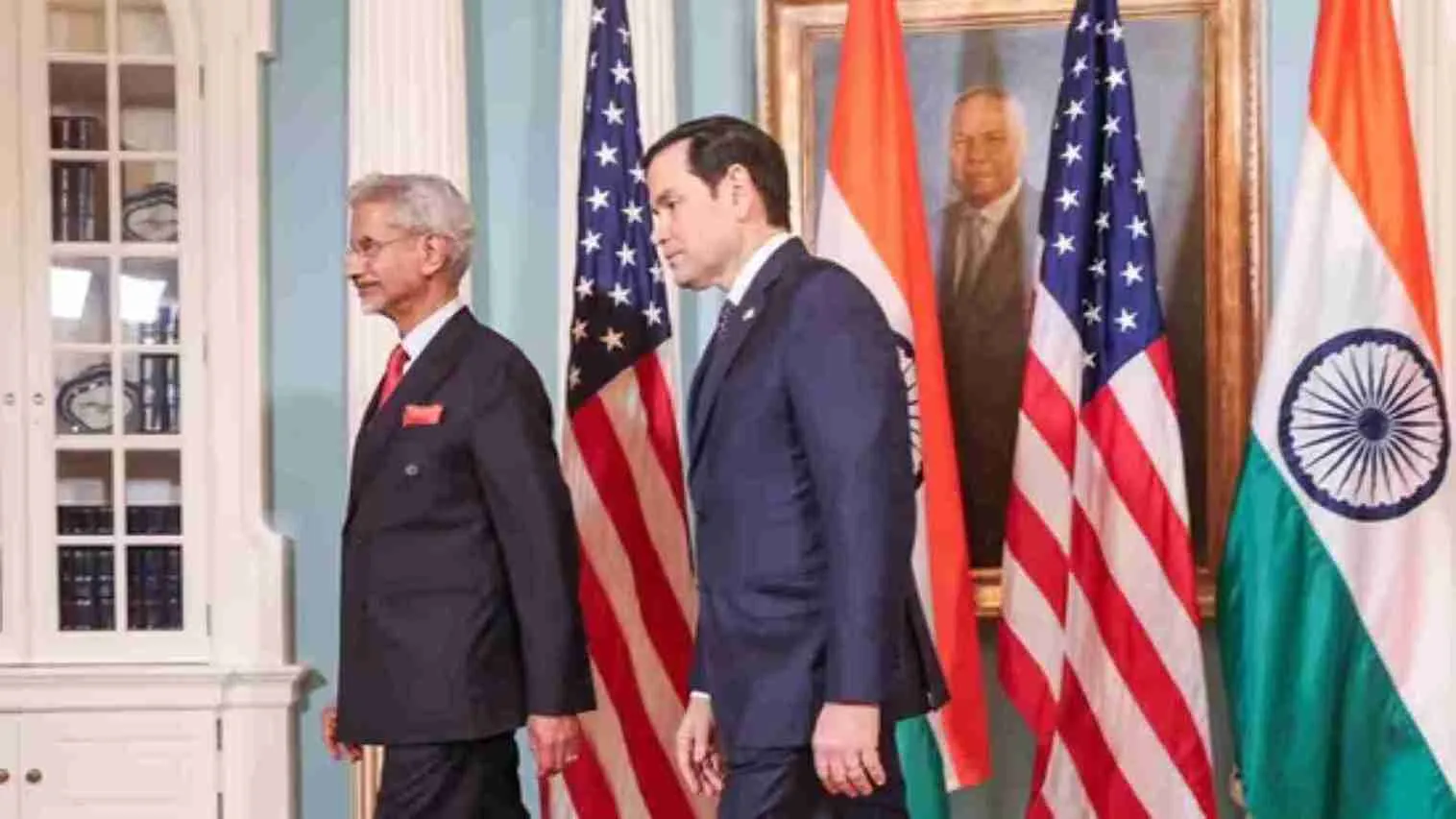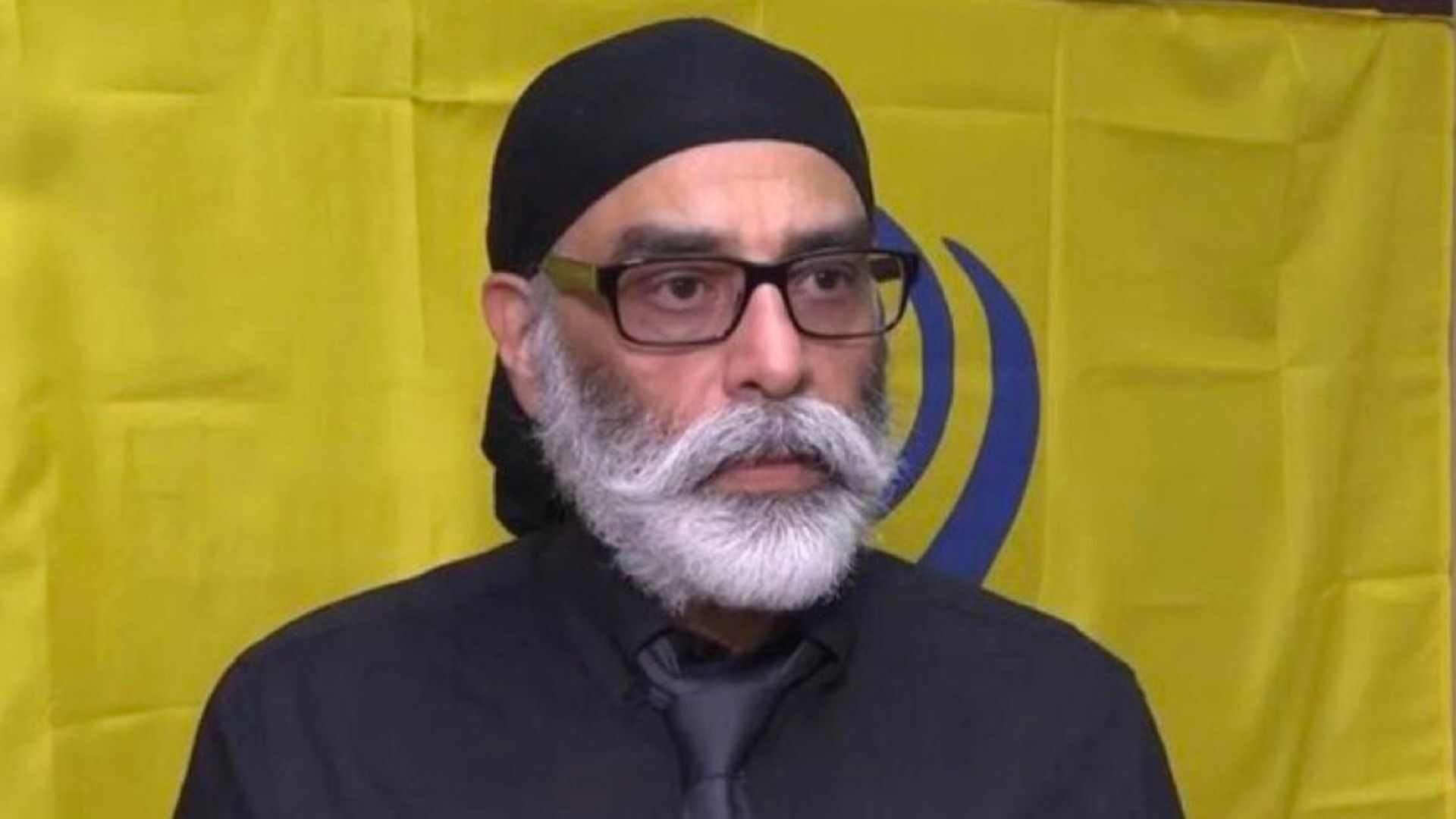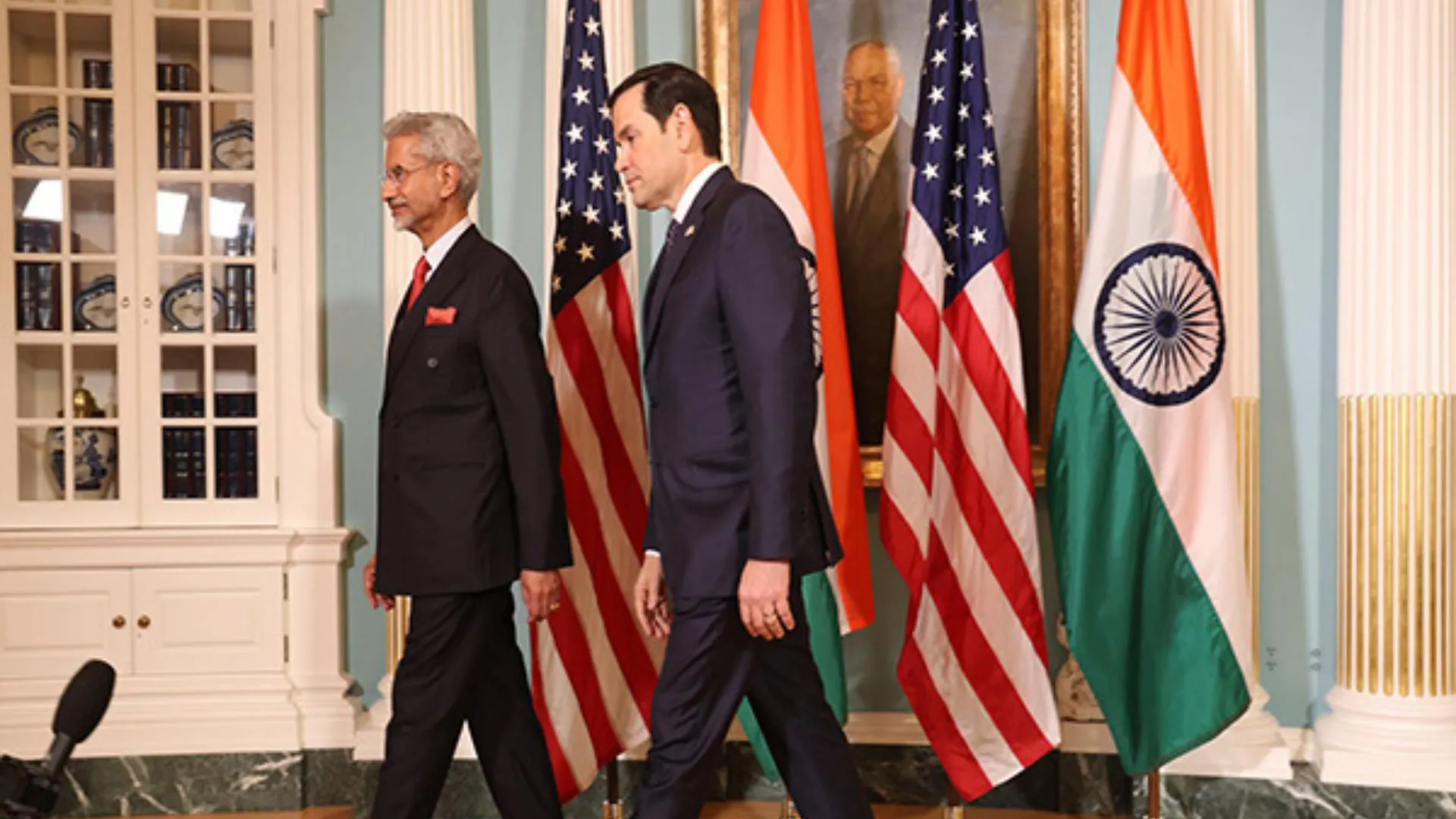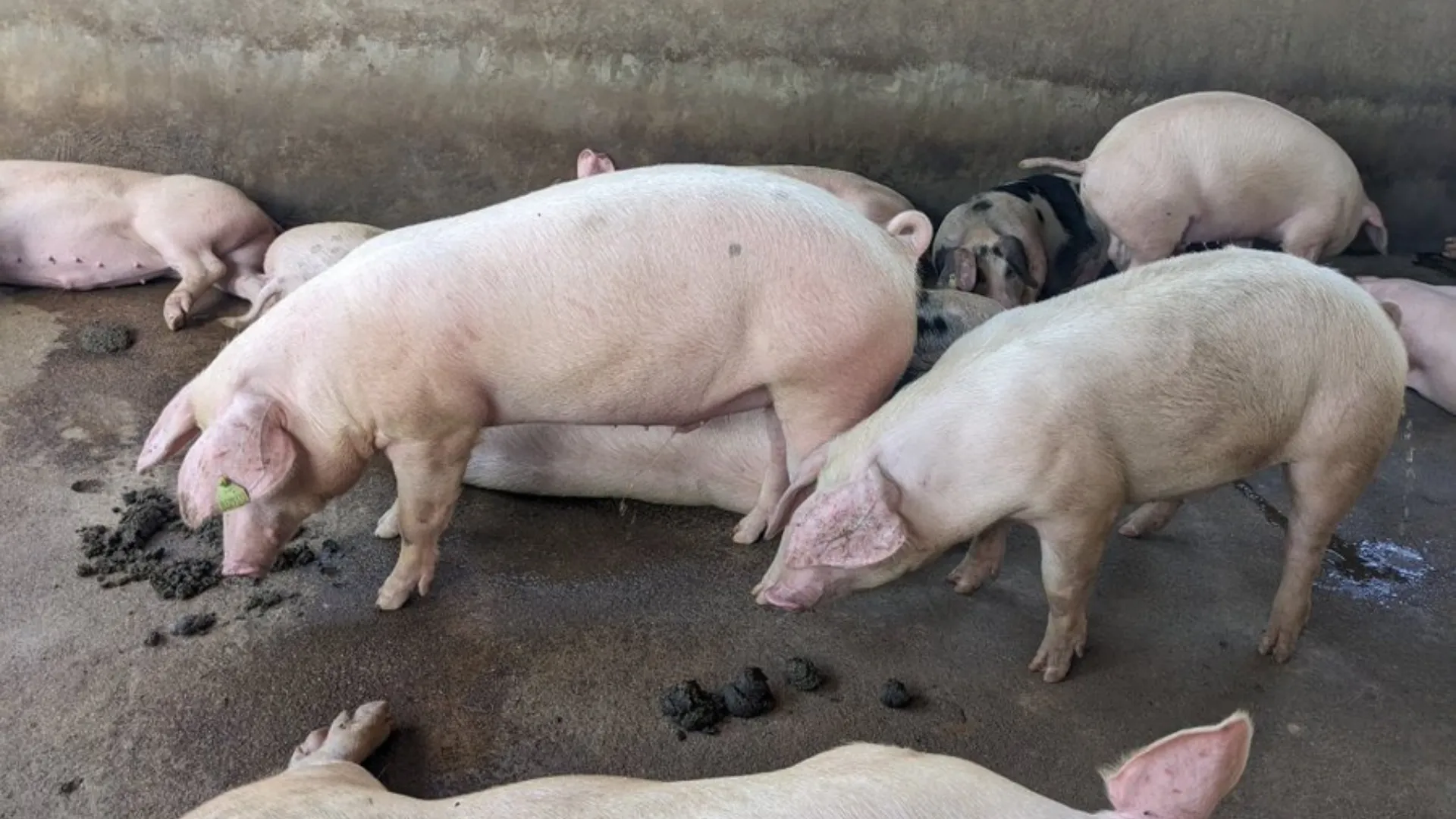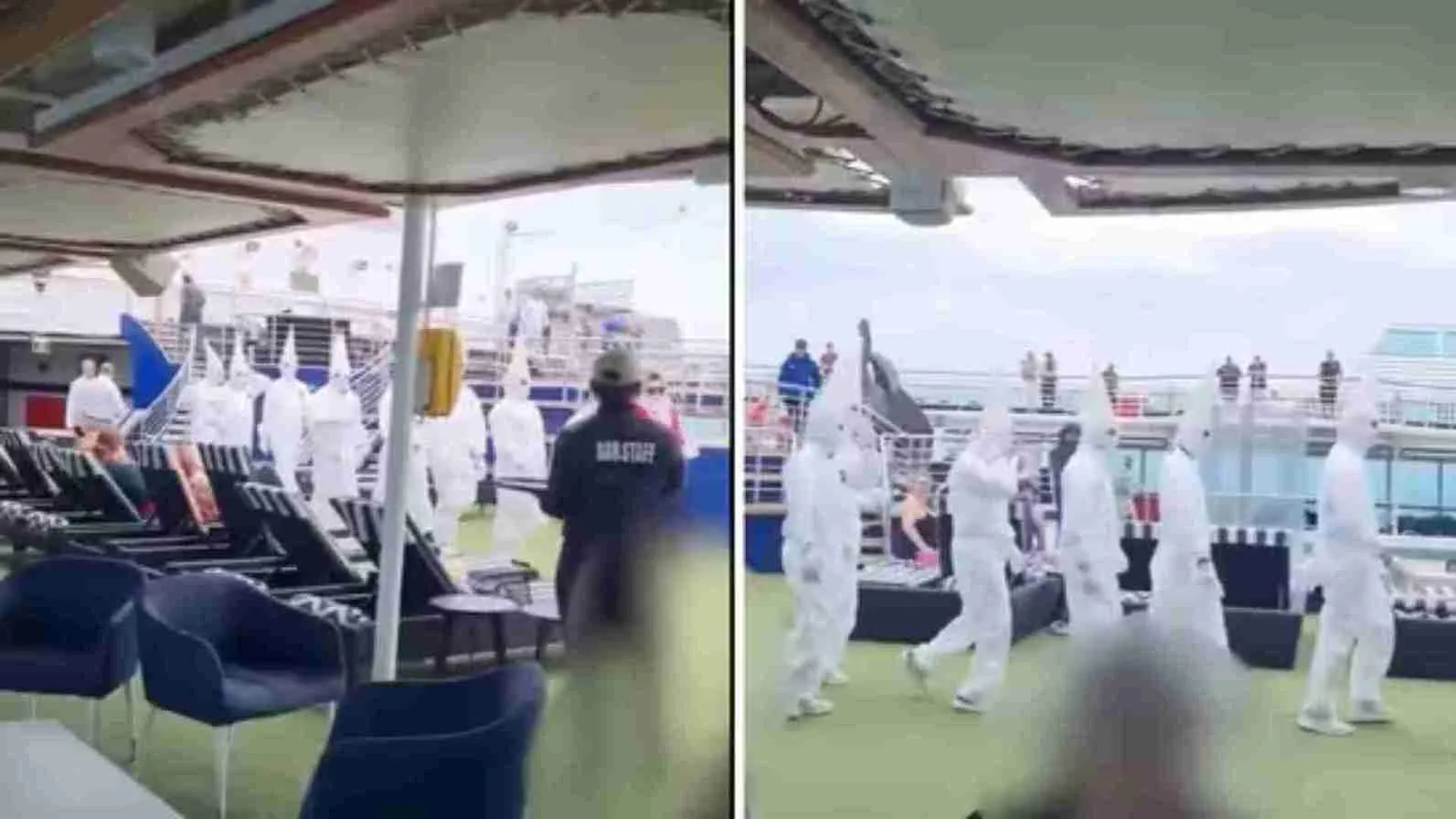The disengagement process between the Indian and Chinese armies in Eastern Ladakh’s Depsang and Demchok regions is nearing completion, marking a significant de-escalation of military tensions that have persisted since the 2020 standoff. According to defense sources, this process involves both countries removing infrastructure and withdrawing troops, restoring conditions to what they were prior to April 2020. It is anticipated that the disengagement, already 80-90% complete, will be finalized by the end of October. Following the removal of infrastructure and troop movements, both nations will resume “coordinated patrolling” along the Line of Actual Control (LAC) at reduced frequencies and troop sizes to prevent clashes.
Defense Minister Rajnath Singh emphasized that this agreement allows the resumption of traditional patrolling and grazing rights, a restoration India attributes to sustained diplomatic and military discussions. Singh, in a recent defense dialogue, highlighted this breakthrough as a product of “equal and mutual security” agreements, which not only allow for patrolling but also address each nation’s “agreed perceived LAC” boundaries. This compromise is seen as an attempt to limit direct interactions, reducing the risk of conflict while ensuring both countries can access traditional patrol points.
The disengagement comes after Prime Minister Narendra Modi and Chinese President Xi Jinping’s discussions on the sidelines of the recent BRICS Summit in Russia. During these talks, both leaders reviewed broader strategic relationships and reinforced the importance of maintaining peace along the LAC. Foreign Secretary Vikram Misri underscored that these discussions are pivotal in opening pathways for further stability and potentially improving bilateral relations as each side focuses on strategic communication and diplomatic frameworks to manage future tensions.
In Depsang, the disengagement process includes clearing the “Y junction” bottleneck, where Indian patrols had been blocked since the 2020 incursions. Infrastructure, including temporary camps established during the standoff, is being dismantled, allowing patrolling to resume up to Patrolling Points (PP) 10 to 13, although patrols are now limited to two monthly sessions with coordination on each patrol’s timing and personnel involved.
Also read: Two Construction Workers Dead At Patna Metro Site, Probe Initiated
In parallel, buffer zones in former flashpoints such as Pangong Tso, Galwan Valley, and Gogra have been established, with both sides adhering to these zones under the new LAC management protocol. While the disengagement is a positive step, analysts caution that India will maintain its vigilance along the border, particularly as winter reduces the number of troops stationed in these high-altitude regions. Further rounds of diplomatic and military dialogues are expected to solidify this progress and transition from disengagement to longer-term de-escalation measures to foster more stable India-China relations

